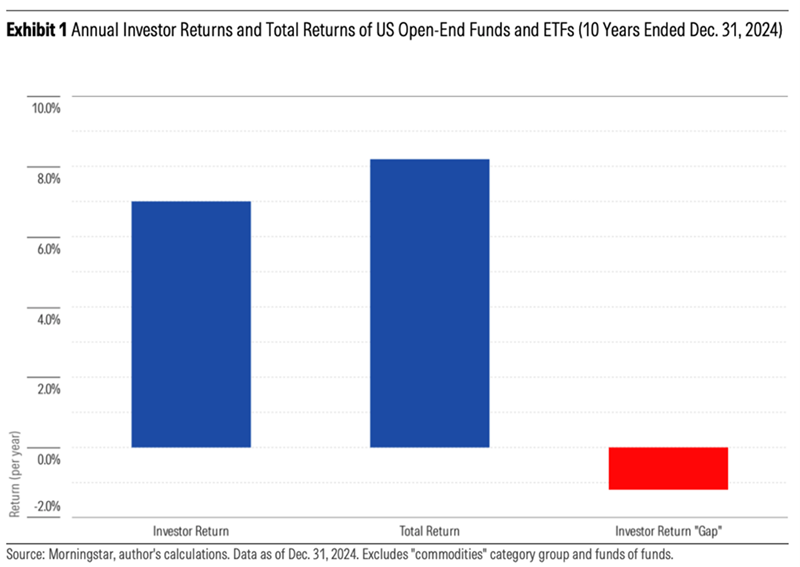Oil Prices Experience Mixed Signals Amid Economic Data and Supply Concerns
February Crude Oil and Gasoline Prices Fluctuate
February WTI crude oil (CLG25) closed on Tuesday at +0.69 (+0.94%), while February RBOB gasoline (RBG25) saw a slight decline of -0.0089 (-0.44%).
On Tuesday, crude oil and gasoline prices showed mixed results. Crude oil received a boost from positive economic data out of the U.S., which suggests robust economic activity and increased energy demand. However, rising values of the dollar limited the overall gains in crude oil prices. Additionally, a reduction in Russian crude exports has tightened global supplies, supporting prices.
Strong U.S. Economic Indicators Raise Demand Projections
Recent U.S. economic news outperformed expectations, providing an optimistic outlook for energy demand. Notably, November’s JOLTS report revealed that job openings increased by +259,000, reaching a six-month high of 8.098 million, surpassing forecasts of a drop to 7.740 million. Moreover, the December ISM services index rose by +2.0 to 54.1, beating predictions that set it at 53.5.
Supply Trends Influence Crude Oil Outlook
The decrease in Russian crude exports remains a supportive factor for prices. Bloomberg’s vessel-tracking data indicated a drop of -190,000 bpd in Russian crude exports, bringing the total to 2.88 million bpd for the week ending on January 5. Additionally, a recent dip in crude oil stored on stationary tankers, reported to have fallen by -33% week-over-week to 48.02 million barrels, is also seen as a bullish sign for oil prices.
Concerns over potential sanctions on Iranian and Russian crude exports could further restrict global supplies, lending support to oil prices. Mike Walz, President-elect Trump’s national security adviser choice, emphasized a recommitment to “maximum pressure” on Iran, while the Biden administration is contemplating new sanctions on Russian oil amidst ongoing geopolitical tensions.
Market Reactions to OPEC+ Production Adjustments
Crude oil prices found support after OPEC+ decided to delay a planned production increase of +180,000 bpd from January to April. This adjustment reflects a cautious approach to restoring output, now set to ramp up by 2.2 million bpd through September 2026, with December’s OPEC crude production showing a decrease of -120,000 bpd to 27.05 million bpd.
China’s Demand Trends Raise Concerns
Weakening crude oil demand in China presents a bearish factor for prices. According to Bloomberg, China’s apparent oil demand decreased by -2.14% year-over-year in November, totaling 14.013 million bpd. Over the January-November period, demand was down -3.26% year-over-year to 13.996 million bpd, which has implications given China’s position as the world’s second-largest crude consumer.
Upcoming Inventory Reports Expected to Affect Market
Market consensus anticipates a decline of -2.0 million barrels in Wednesday’s weekly EIA crude inventories, while gasoline supplies are expected to increase by +500,000 barrels.
According to the EIA report from last Thursday, U.S. crude oil inventories as of December 27 were -5.3% below the seasonal five-year average. Gasoline inventories also remained slightly below this benchmark, at -0.4%. Additionally, U.S. crude oil production saw a minor decline of -0.1% week-over-week to 13.573 million bpd, only slightly below the peak of 13.631 million bpd recorded in early December.
Furthermore, Baker Hughes reported a decrease in active U.S. oil rigs, which fell by -1 to 482 rigs in the week ending January 3, remaining above the multi-year low of 477 rigs from late November. This marks a notable decline from the 4.5-year high of 627 rigs reported in December 2022.
On the date of publication, Rich Asplund did not hold (either directly or indirectly) positions in any of the securities mentioned in this article. All information and data in this article are intended solely for informational purposes. For further details, please view the Barchart Disclosure Policy here.
The views and opinions expressed herein are those of the author and do not necessarily reflect those of Nasdaq, Inc.





